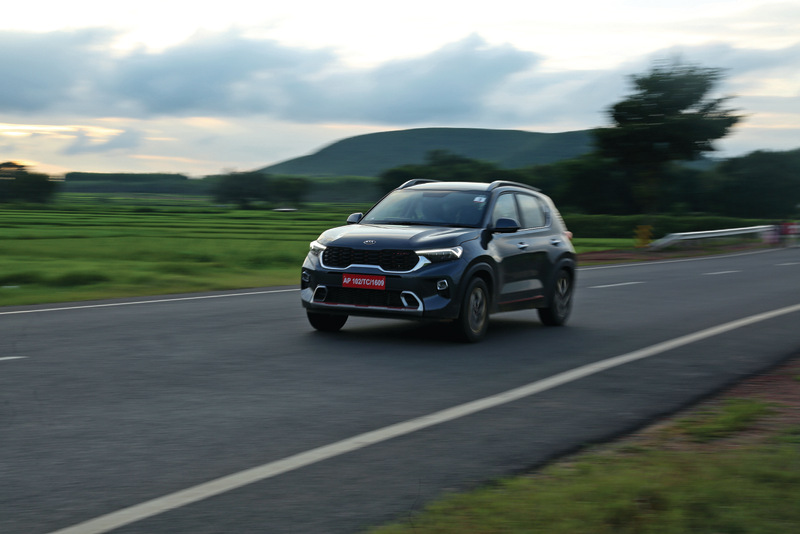
The Sonet isn’t all sizzle and no fire, because it drives as aggressively as it looks. It handled the corners like a pro, almost floating across the tarmac as I followed the twists, first this way, then that, with an ease of a jungle cat. Give it the beans as you head out of a corner and she leaps forward, gathering pace until the next set of turns. A few hours (and a few corners) was all it took. I was already falling for the Sonet. This budding romance only blossomed as I got back into the SUV and continued my journey onward, having walked around the monastery’s premises. Since that walking had worked up a bit of a sweat, I cranked up the air-con and saw a button that made me grin with glee — vented seats! So with a gentle chill on my spine, I set off for Gopalpur, my destination for the day.
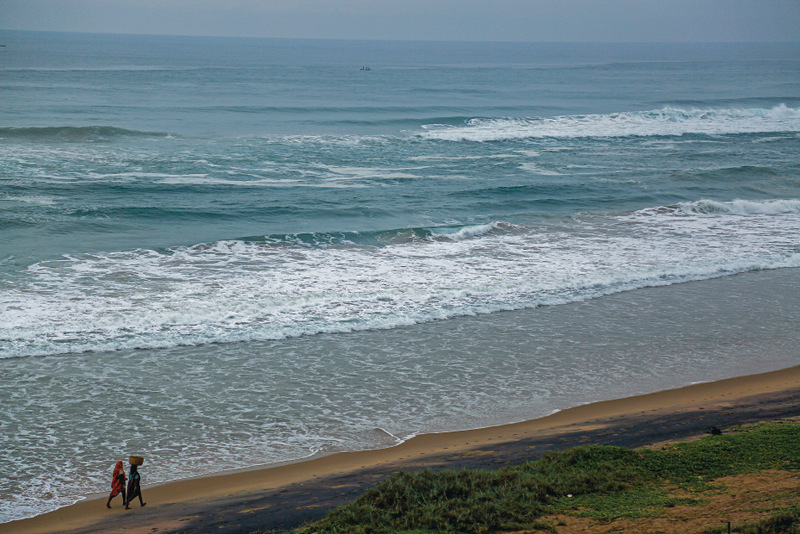
The following day, I headed out to the beach to take in the waves and the roar that only a beach offers. And after spending a bit of time enjoying the gentle soothing of my surroundings, it was off again to see some local weavers at the nearby Behrampur. Tussar silk is indigenous to Odisha and it was fantastic to see how detailed and intense the process is to make the attractive outfits that come from this weaving style. After this, we moved on to Koraput, with the hilly sections interspersed by some straight highway stretches too. In the top-end GT Line 1.5 diesel AT variant, I was living it up. That engine offers up torque like Bill Gates offers up charity — there seems to be an unlimited supply coming your way. This means gathering speed is a task the Sonet performs lightning-quick and without hesitation, aided by the super-smooth automatic gearbox. The driving modes meant I could conserve fuel in “eco” during the city sections and unleash the beast in “sport” mode out on the highway.
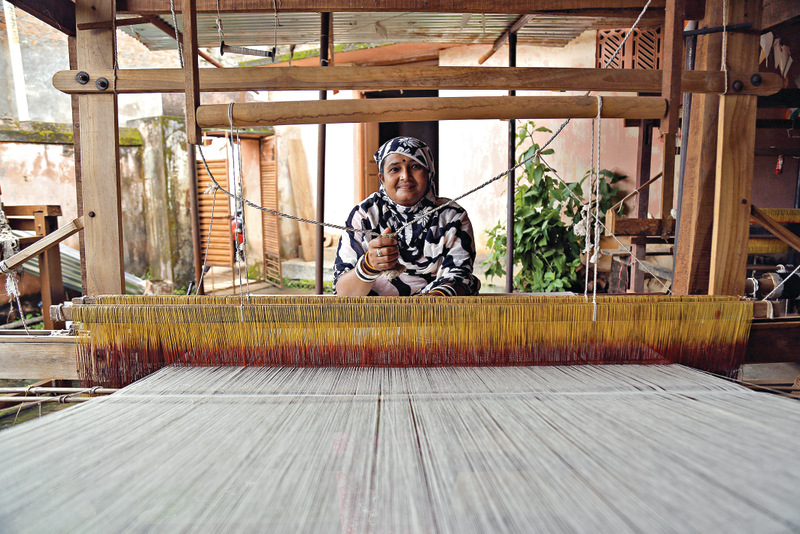
I saw some more talented local artisans practicing their respective crafts in Koraput once I got there. There was an accomplished effigy-maker who created designs from paddy husk and string that were up to five feet tall, practitioners of the local eco-friendly tie-dye art, more weavers, and leather workers crafting out percussion instruments.
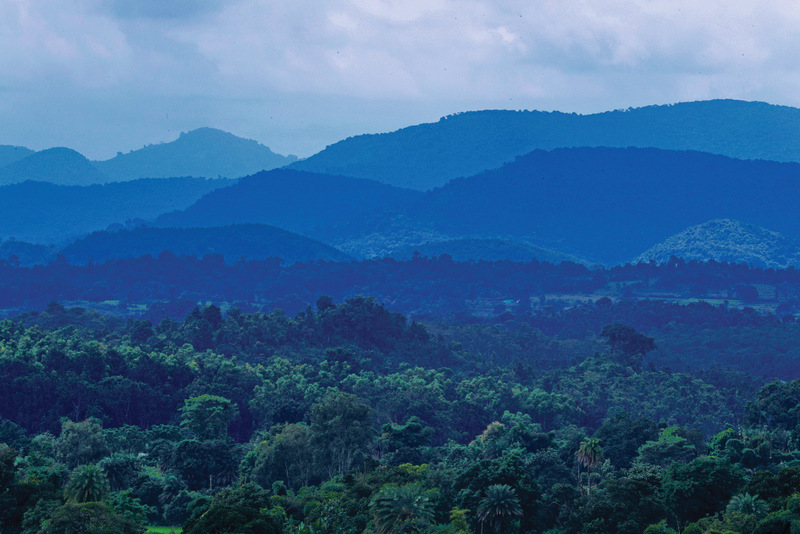


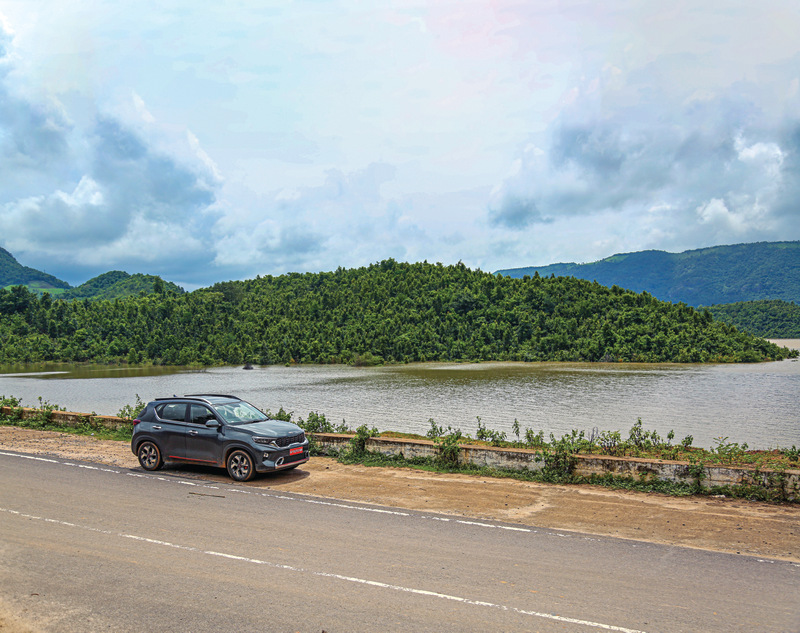


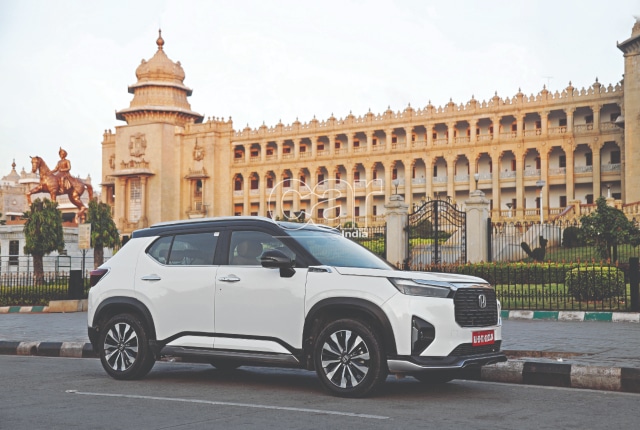

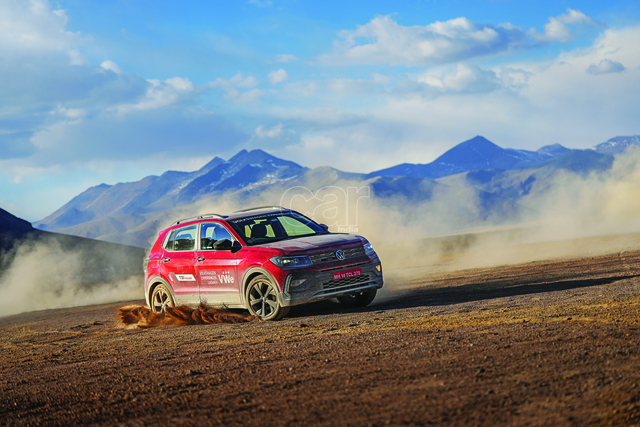
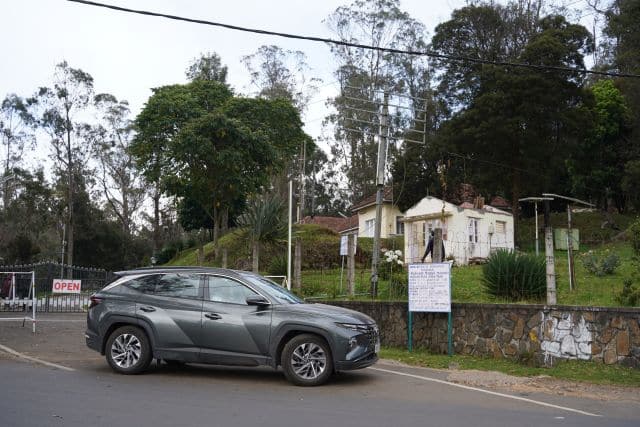

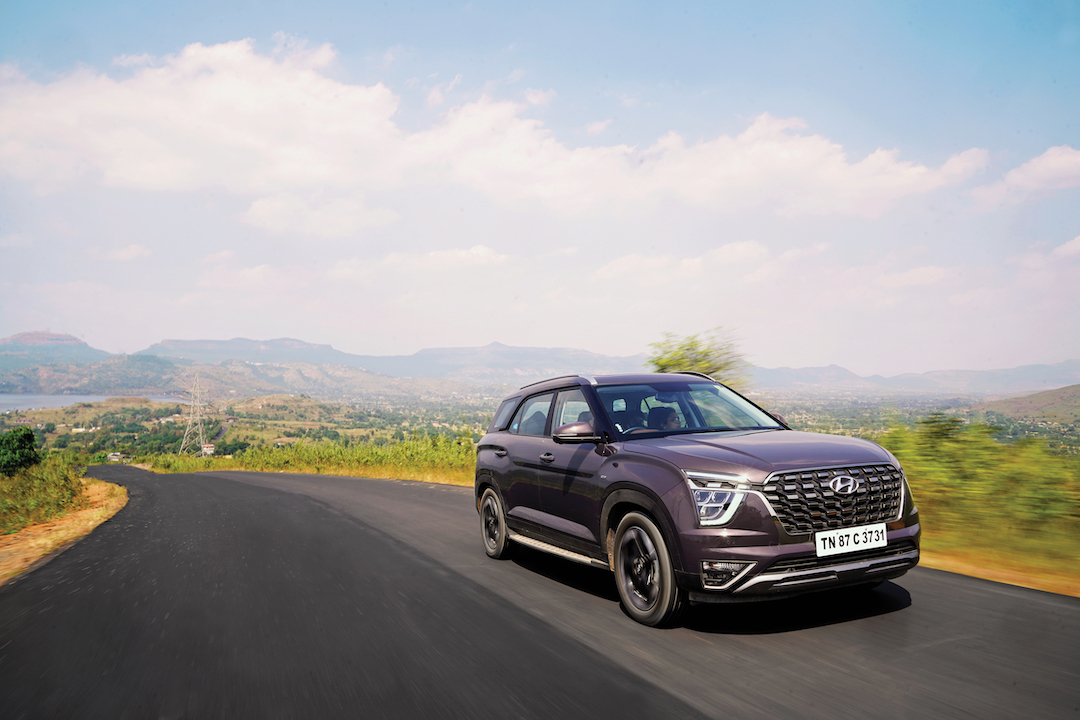
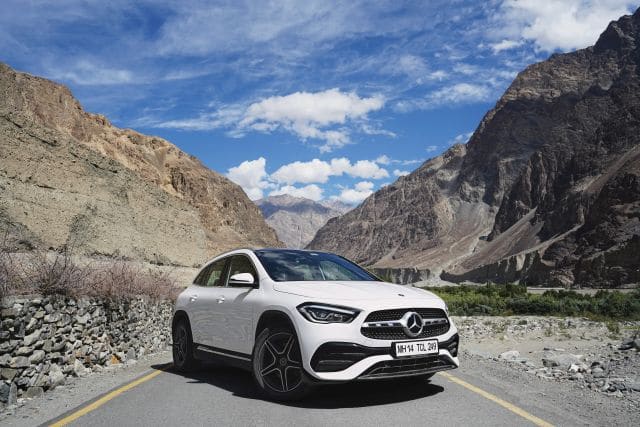
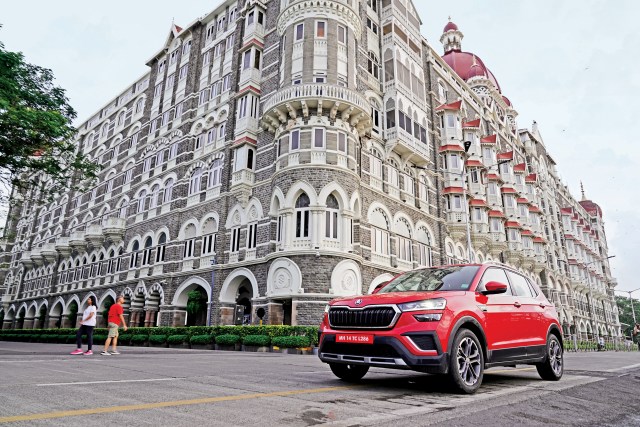




Leave a Reply